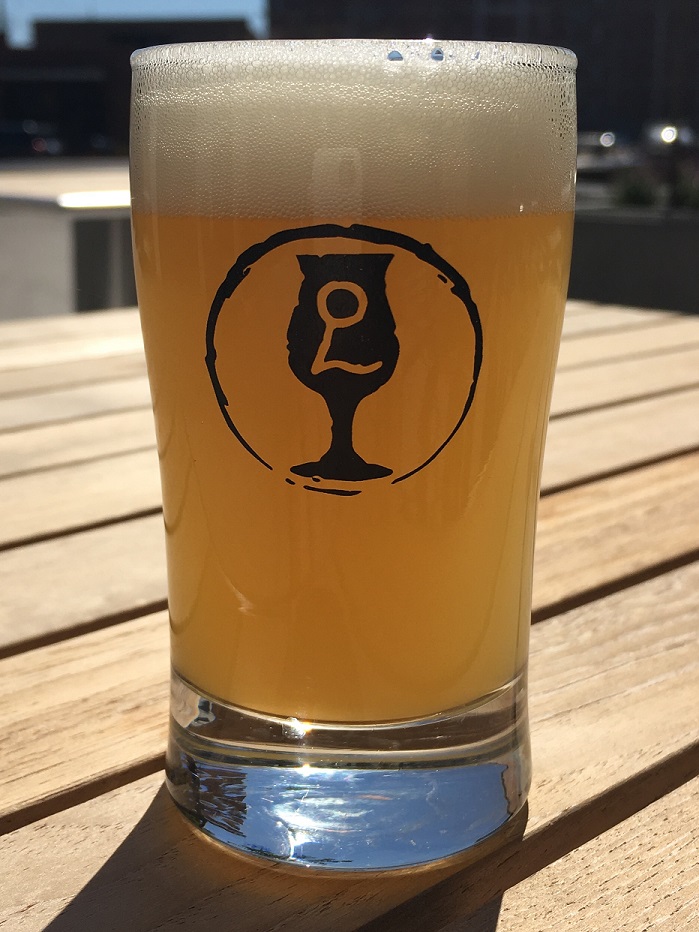couchsending
Well-Known Member
- Joined
- Jun 21, 2016
- Messages
- 3,063
- Reaction score
- 2,256
Is everyone convinced there is a DH addition going on during primary fermentation?
I understand that there is two schools of thought. DH with yeast active not only for Biotransformation but also for o2 scrubbing but there is also the opposite school of thought that the yeast will pull oils when floccing so drop temps to say 60 or so to promote flocculation as much as possible then DH.
If primary is done with s-04/T-58 and there is some residual sugar left. You could cool to 60, pull as much yeast as possible then add WB-06 with DH addition for O2 scrubbing and since WB-06 pretty much doesn't flocc you get more Hop oils in suspension for better aroma and maybe a little Bio. Just let it free rise back up to 66 or so.
Read some interesting info on probrewer about DH during active fermentation can cause the gravity to drop the last few points much slower than normal.
I understand that there is two schools of thought. DH with yeast active not only for Biotransformation but also for o2 scrubbing but there is also the opposite school of thought that the yeast will pull oils when floccing so drop temps to say 60 or so to promote flocculation as much as possible then DH.
If primary is done with s-04/T-58 and there is some residual sugar left. You could cool to 60, pull as much yeast as possible then add WB-06 with DH addition for O2 scrubbing and since WB-06 pretty much doesn't flocc you get more Hop oils in suspension for better aroma and maybe a little Bio. Just let it free rise back up to 66 or so.
Read some interesting info on probrewer about DH during active fermentation can cause the gravity to drop the last few points much slower than normal.




































![Craft A Brew - Safale BE-256 Yeast - Fermentis - Belgian Ale Dry Yeast - For Belgian & Strong Ales - Ingredients for Home Brewing - Beer Making Supplies - [3 Pack]](https://m.media-amazon.com/images/I/51bcKEwQmWL._SL500_.jpg)











